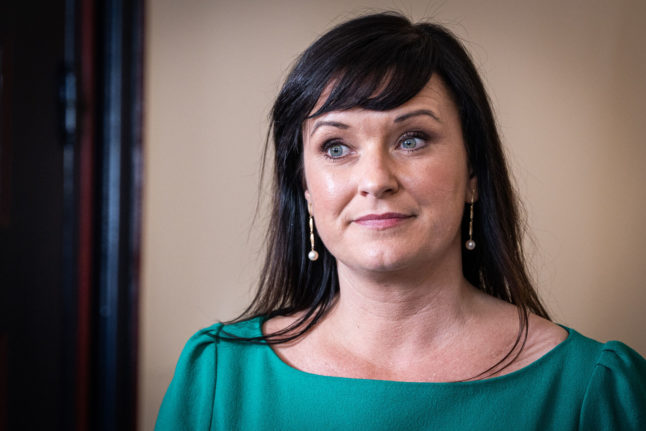At the start of January, there were almost 18,000 doctors working in France with a medical degree completed outside the country.
The French Medical Board (Le Conseil de l'Ordre de Medecins – CNOM) revealed on Monday that the foreign-educated doctors account for nine percent of the profession.
"If there have never before been as many registered doctors in France, it's due to the number of retired doctors still working and the influx of European and non-European doctors," the board noted in a statement.
The numbers of doctors with a non-French medical degree has swelled by 43 percent in a five-year period, with the surge most notable in the Auvergne region in central France, which employed almost double as many doctors with foreign diplomas in 2013 compared to 2008.
The BMF business newspaper reported that many hospitals across France resort to employing foreign-educated doctors to plug holes in certain specialities, including radiology and anesthesia.
The medical board underscored, however, that the new statistics did not include doctors who had not registered with CNOM, a group that probably represented "a significant number," according to CNOM spokesman Patrick Romestaing.
The review also showed that French health care was increasingly reliant on locum doctors, as their numbers increased by 5.2 percent in the past five-year period. However, 68 percent of doctors who were registered with the board in 2008 as substitute replacements had since taken permanent employment.



 Please whitelist us to continue reading.
Please whitelist us to continue reading.
Member comments